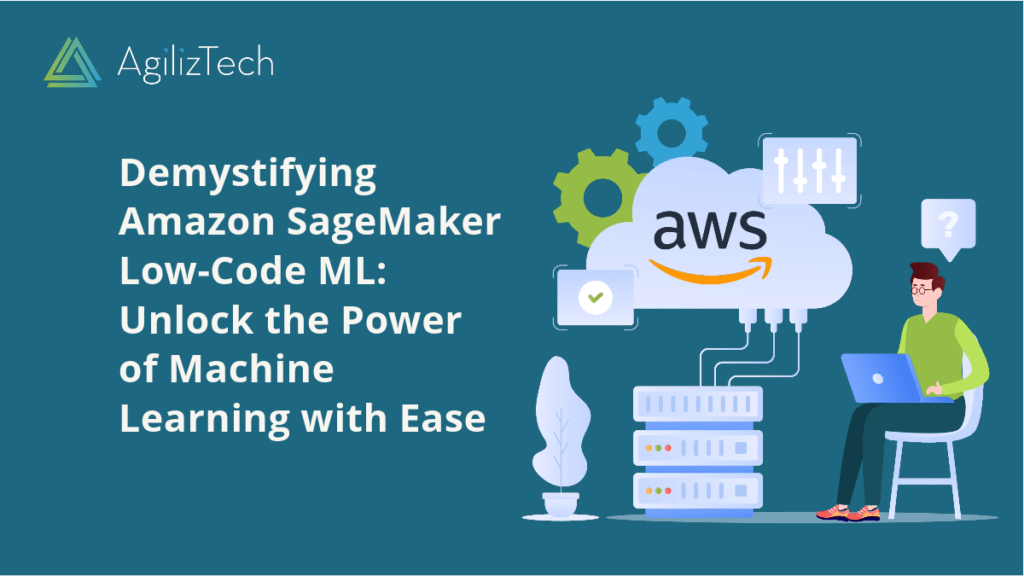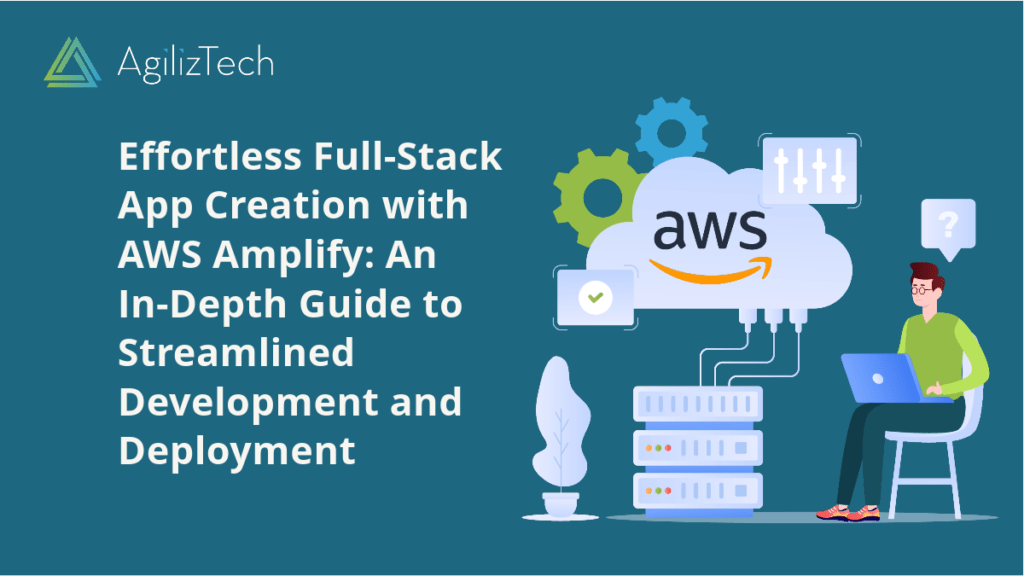Overview
Welcome to the world of Amazon SageMaker Low-Code ML, where machine learning meets simplified automation and innovation.
In business, machine learning (ML) is a potent technology. It solves complex problems, uncovers insights, and fuels innovation. Yet, building, training, and deploying ML models can overwhelm those without technical skills or resources.
This is where Amazon Web Services (AWS) offers salvation. Amazon SageMaker, a comprehensive service, simplifies and expedites the entire ML journey. SageMaker not only simplifies but also provides low-code tools that eliminate tedious data preparation, model building, training, and deployment tasks. With SageMaker, you boost productivity and experiment effortlessly with various ML models.
The Low-Code Revolution: Amazon SageMaker Low-Code ML
Amazon SageMaker Low-Code Machine Learning empowers users with no-code/low-code solutions:
- Amazon SageMaker Data Wrangler: This tool revolutionizes data preparation. Its intuitive visual interface swiftly aggregates and refines ML data. Transformations, outlier filtering, missing value imputation, and feature generation become effortless—no coding is required. Plus, it seamlessly integrates with Amazon SageMaker Autopilot and Amazon SageMaker Studio for advanced data processing.
- Amazon SageMaker Autopilot: Amazon’s AutoML gem, Autopilot, constructs, trains, and fine-tunes ML models automatically using your data. Autopilot grants full control and visibility. Provide a tabular dataset, specify the target column, and watch Autopilot explore solutions to identify the optimal model. Deployment is a breeze with one-click or delve into recommended models within Amazon SageMaker Studio.
- Amazon SageMaker JumpStart: JumpStart serves as your gateway to ML. Access a library of built-in algorithms and pre-trained models from renowned hubs like TensorFlow, PyTorch, HuggingFace, and MxNet. Pre-built solutions for common use cases are just a few clicks away.
Benefits of Amazon SageMaker Low-Code ML
Harness Amazon SageMaker Low-Code Machine Learning to reap numerous benefits:
- Efficiency and Resource Savings: Automation of data preparation, model construction, training, and fine-tuning saves time and resources.
- Enhanced Productivity: Leverage pre-trained models and tailored solutions to boost productivity.
- Code-Free Experimentation: Explore various ML models and solutions without the need for complex coding.
- Effortless Deployment: Deploy ML models seamlessly or customize them to your needs.
- Flexibility and Scalability: Embrace AWS cloud services’ flexibility and scalability, adapting effortlessly to evolving needs.
A Democratized Future with Amazon SageMaker Low-Code Machine Learning
In conclusion, Amazon SageMaker Low-Code Machine Learning democratizes ML, making it accessible to individuals from diverse backgrounds. With SageMaker Low-Code Machine Learning, automating crucial ML tasks and creating top-tier models without extensive coding becomes a reality. Explore Amazon SageMaker’s full capabilities to elevate your ML models and applications.











